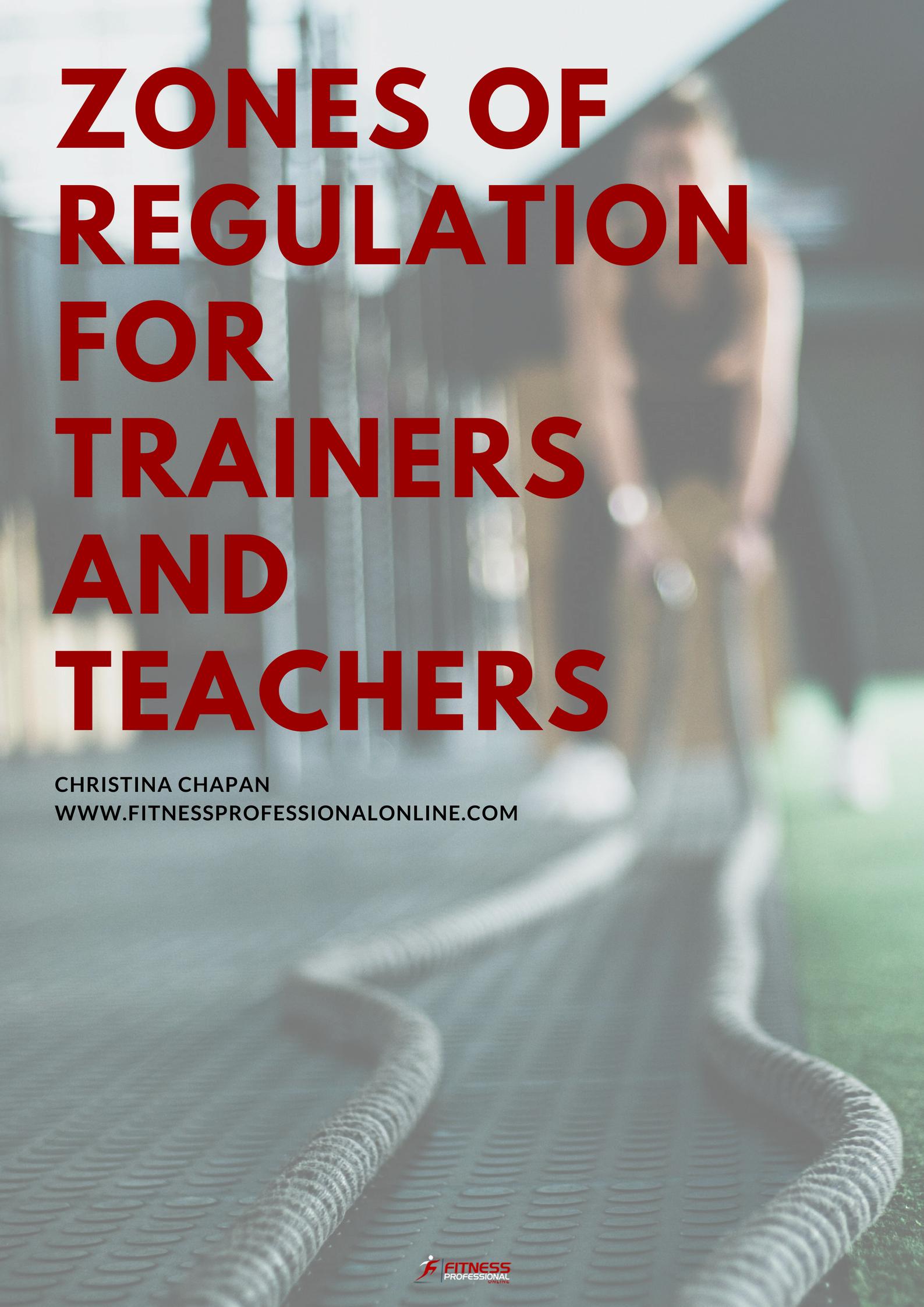Self-regulation refers to our ability to control our own thoughts, emotions, and behaviors in relation to our environment. Examples of self-regulation are resisting emotional outbursts when something upsets us, controlling impulses, calming down when someone feels worried or anxious, and transitioning from one task to another. Teachers and trainers can help children with special needs or emotional challenges. They can use the method of the zones of regulation to recognize and help their clients navigate their emotions in the gym classroom.

The Zones of Regulation help others learn how to regulate their emotions independently by teaching them how to identify their feelings and how their behavior impacts those around them. Developed by Leah M. Kuypers, the program teaches children how to recognize when they are in different emotional states called “zones,” which are represented by different colors. Visual schedules are great for children who thrive on routine and predictability, as it helps set expectations at the beginning of the day. And for children who get “stuck” with schedule changes, it can help prepare them ahead of time. By giving children a visual representation of what their day will look like, you are empowering them by allowing them to look at the visual schedule and move from one activity to the next without prompting.
The Zones are divided up into colors:
Blue zone – tired, sleepy, bored, sad
Green zone – calm, ready, happy, focused, content
Yellow zone – excited, anxious, nervous, surprised, worried, silly
Optional Orange Zone – More intense anxiety, getting almost out of control, and more nervous
Red zone – furious, angry, rage, out of control
There are many ways for trainers and instructors to teach the zones, other than just talking about them. They can have relays with colored dots, hula hoops, or feet to demonstrate blue, green, yellow, orange, and red feelings. They may also have charts to help children identify feelings and decide what tools help them feel calm and relaxed such as bubbles, squeeze toys or bouncing balls. Sometimes, even packing dots that are popped are calming to both children and adults. As for trainers with children and adults who suffer from self-regulation, it is helpful if schedules are consistent and changes are kept in the session to a minimum. Schedules, preparation ahead of time, and no downtime are essential for these athletes.
Equipping children and adults with appropriate calming strategies can make all the difference when it comes to teaching self-regulation. Methods of deep breathing include using bubbles, fidgets, or calming areas. This will give them an effective coping strategy they can use when big emotions threaten to take over during gym activities and just everyday life.
References:
Inspired Treehouse
https://theinspiredtreehouse.com/self-regulation/
Pinterest 17 Zones of Regulation
https://www.pinterest.com/cchapan/17-zones-of-regulation-activities/?eq=zones&etslf=7706
YouTube Zones of Regulation
https://www.youtube.com/playlist?list=PLj7hHRMQNZ0yK8OXHyszvdbs_hgfd3Mf7
Zones of Regulation
https://www.zonesofregulation.com/teaching-tools.html
Was this Article Helpful?
If this article was helpful to you, please consider linking this article to your own blog or sharing this through the social buttons below. You will also find other great articles at “Workouts“.
- 2shares
- 1Facebook
- 0Twitter
- 1Pinterest
- 0LinkedIn
Christina Chapan
Latest posts by Christina Chapan
- Body Language for Personal Trainers,Teachers and Group Instructors - January 12, 2020
- Allergies + Exercise: An Overview - January 9, 2020
- The Safety of Running Solo - January 5, 2020

















